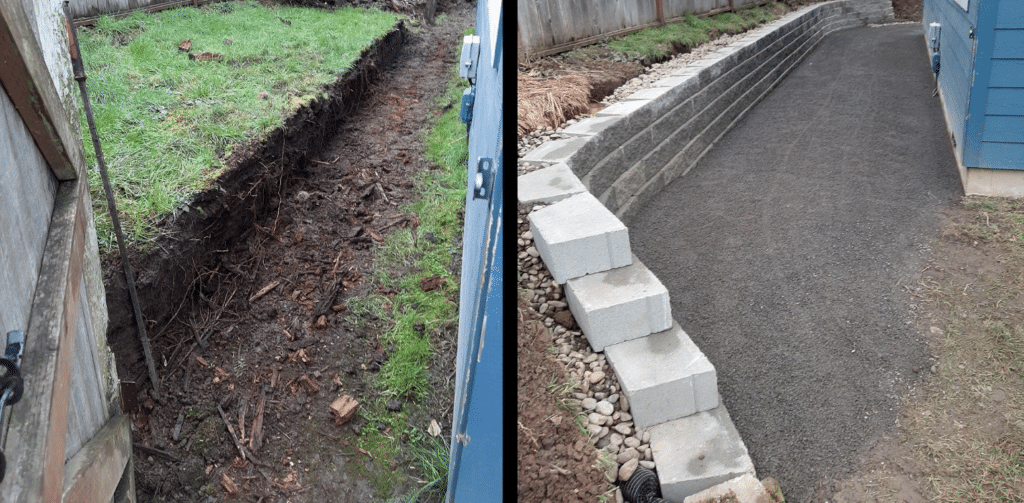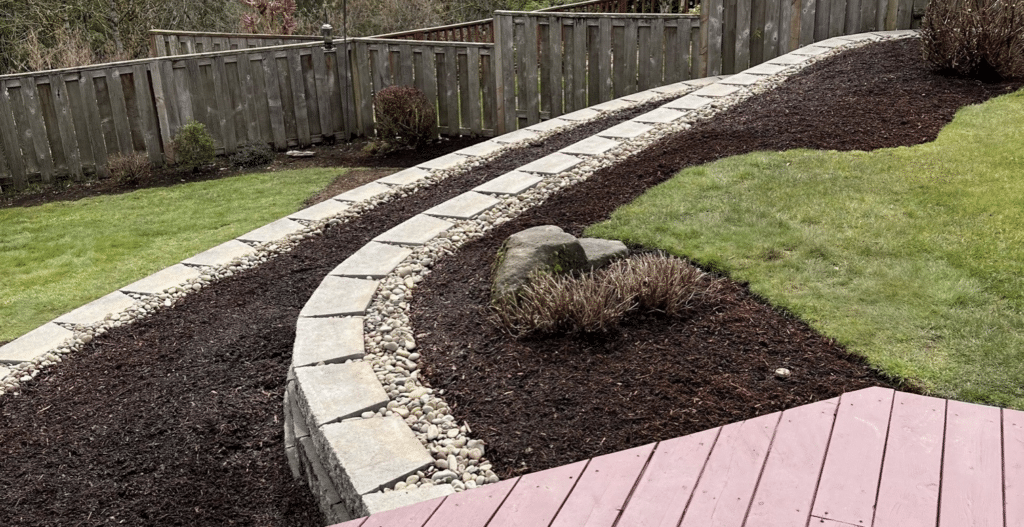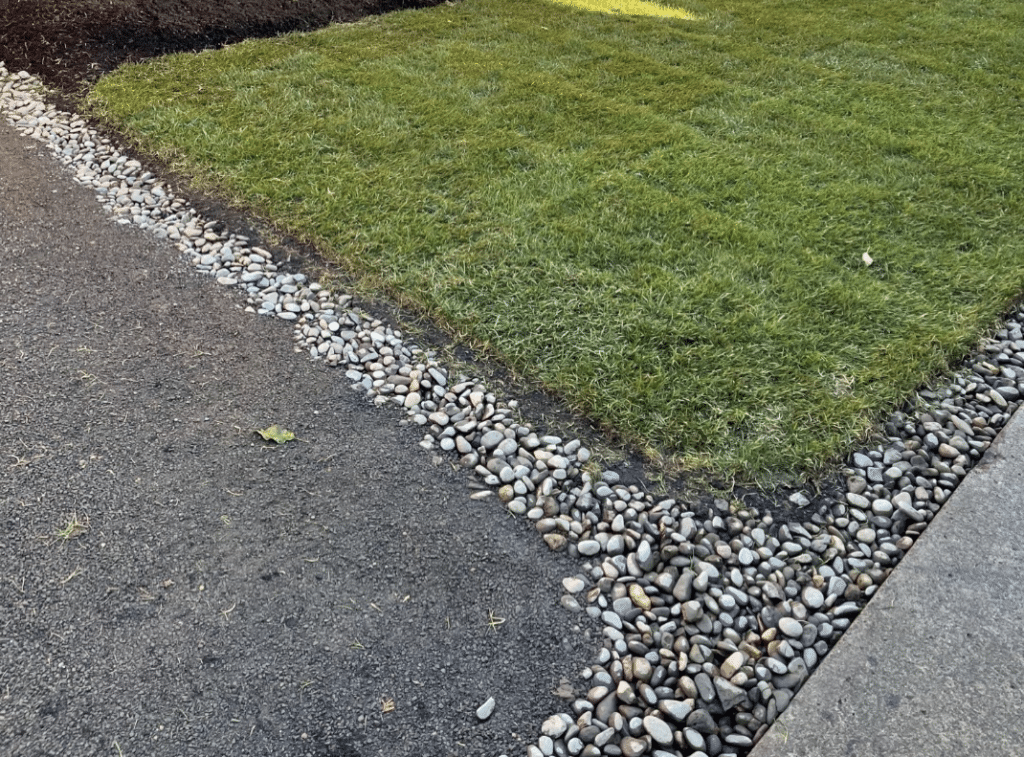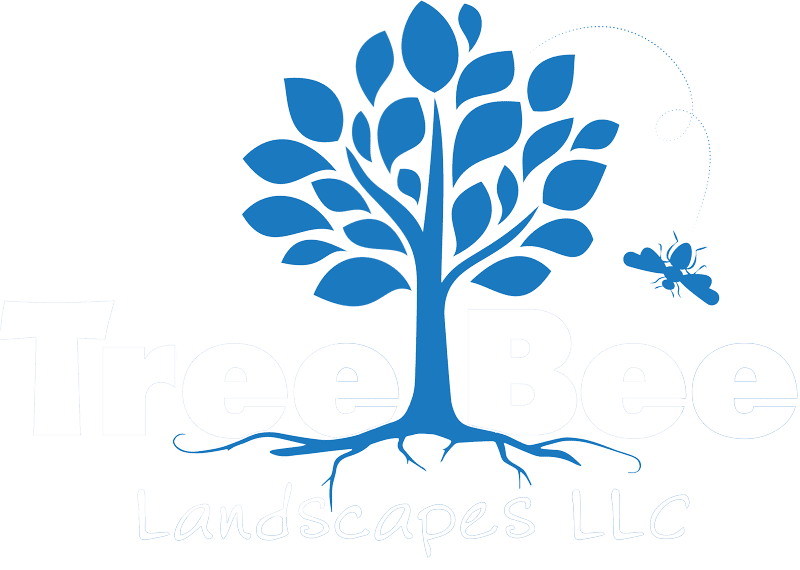One of the unsung heroes of landscaping is rock. We aren’t talking about bricks, pavers, or concrete, we are talking about actual rocks. This could include gravel, river rock, or even boulders. They are more vital than the layman first realizes, both in hard landscaping and soft landscaping. And of course, now we have piqued your curiosity about how on earth rocks are so important to the landscaping business.
Rocks come in all sizes, from gravel, to stones, to large boulders. We will start with the small and work our way to the large.
¼” Minus Gravel
This is a type of small aggregate gravel; on the pieces being ¼ inch in size. These aren’t smooth rocks but crushed and angular. The “minus” means that it hasn’t been cleaned and it comes with dust on it. For landscaping that isn’t an issue since everything is done outside, in the dirt. Leave something in the great outdoors in the Portland Metro area long enough and it will get rained on. This is often used when making pathways or gravel pads. Most often it goes on top of some landscape fabric to keep the weeds down. It can make a big difference to an area to line it with gravel instead of just leaving it with dirt. All that Portland rain we mentioned, that creates mud, and the gravel is a way of keeping the mud controlled.

The ¼” minus gravel can also be a feature in paver patios. Using the large flagstone blocks, the gravel adds a base and contrasts to the larger stones. This gives a more contemporary look to paver patios or paver pathways. It is easy to walk on and offers a low water landscape solution.

River Rock
River rock varies in size, and we tend to use a mixture of sizes. This gives a pleasing aesthetic touch as well as act as a good material for drainage. These rocks are smooth as opposed to the aggregate which has been crushed and is broken. Sometimes these are just used as an artistic touch such as in park strips as an alternative to grass, which needs water, or flowers, which require weeding.
We use the river rock for a lot of our drainage solutions including behind our retaining walls. As a good practice we put in a 3” drainpipe behind each retaining wall and then we backfill with river rock. This helps keep water from collecting behind the walls and allows for proper drainage.

We also use river rock to line dry creek beds. In the Portland Metro area there is a lot of water and not so great soil. Dry creek beds are a drainage solution that stands out a bit more than others. It is a more natural looking option that allows for a location for water to collect when it is needed, but still looks good when it is dry.

The river rock is also used on the top of French drains. They allow for water to flow through the rocks and yet don’t clog up the structure of the drain that is buried in the ground. The river rock is more pleasing to look at than a drain when you are enjoying your landscaping.

More information on the specifics of drainage can be read on our “Soggy Lawn?” blogpost.
Boulders
The larger rocks, or boulders, are the final type of rocks we are going to discuss. Unlike gravel or river rocks, boulders are primarily added for aesthetic purposes. These aren’t used to help with drainage, or foundation, but are nice to look at. While some people may consider them to be superfluous, when working on your landscaping you want to consider details like this. They add texture to your landscaping, and you don’t have to worry about them outgrowing their space, needing a trim, or even watering them. Boulders add character to your soft landscaping, giving it a hard edge. Just think of it as the evolution to the pet rock.

Rocks are a firm foundation in the landscaping world. There are plenty of varieties available for all the different types of landscape projects. We certainly enjoy working with them.




